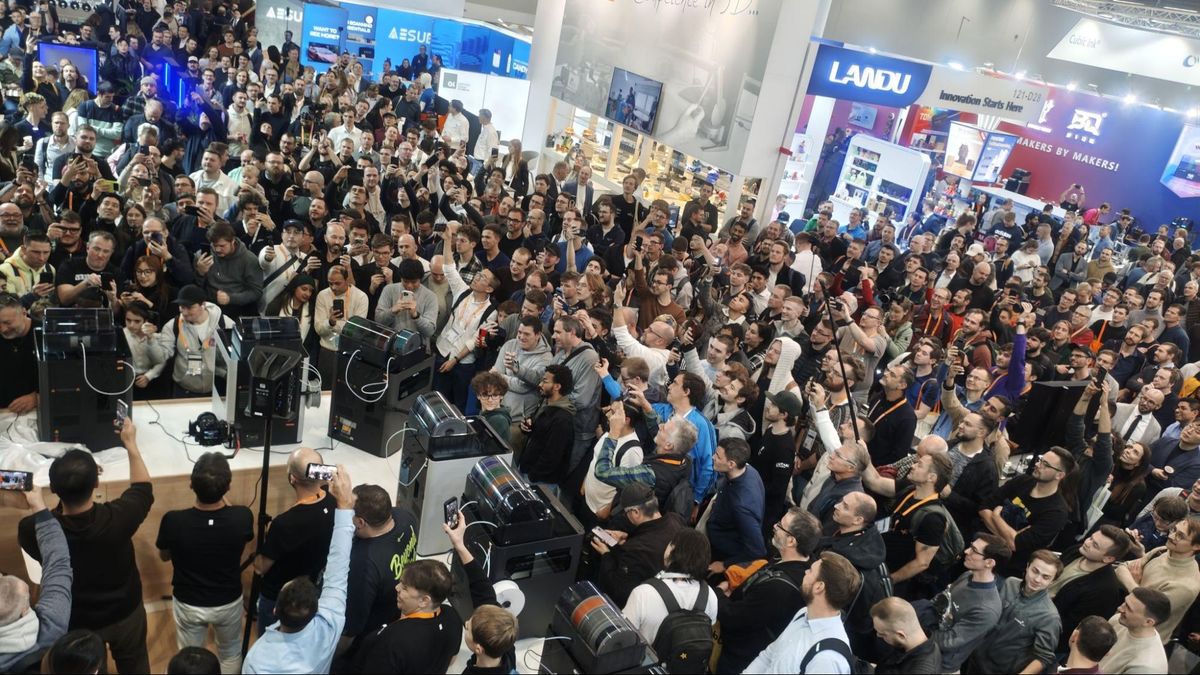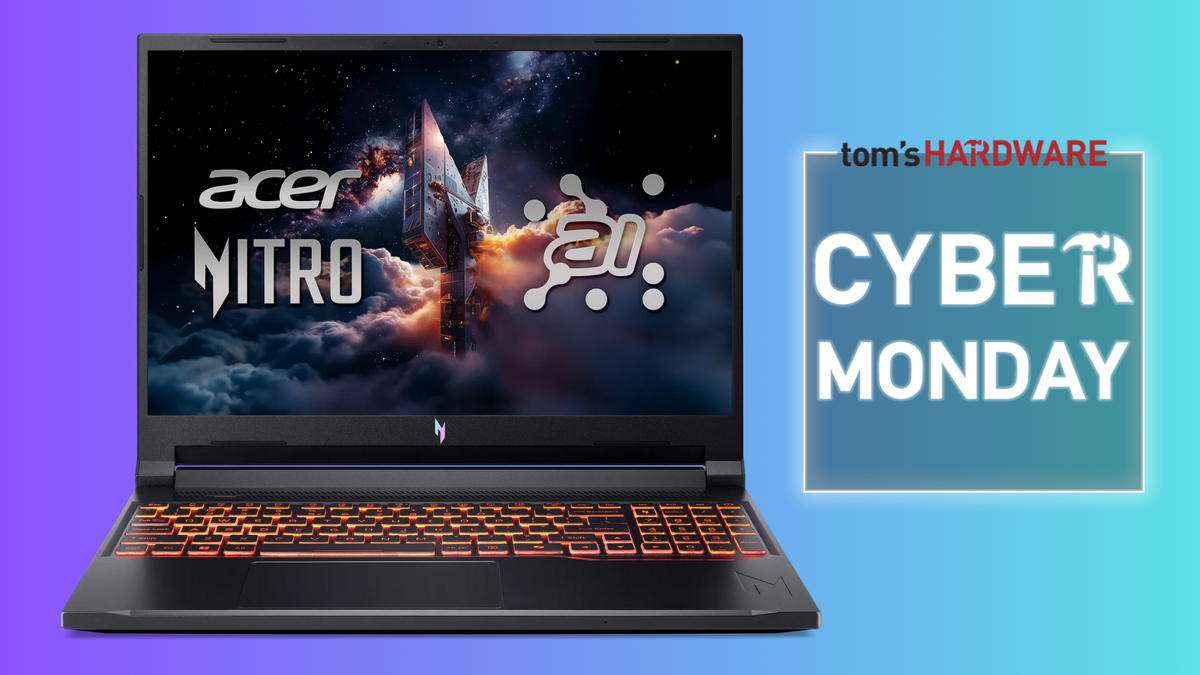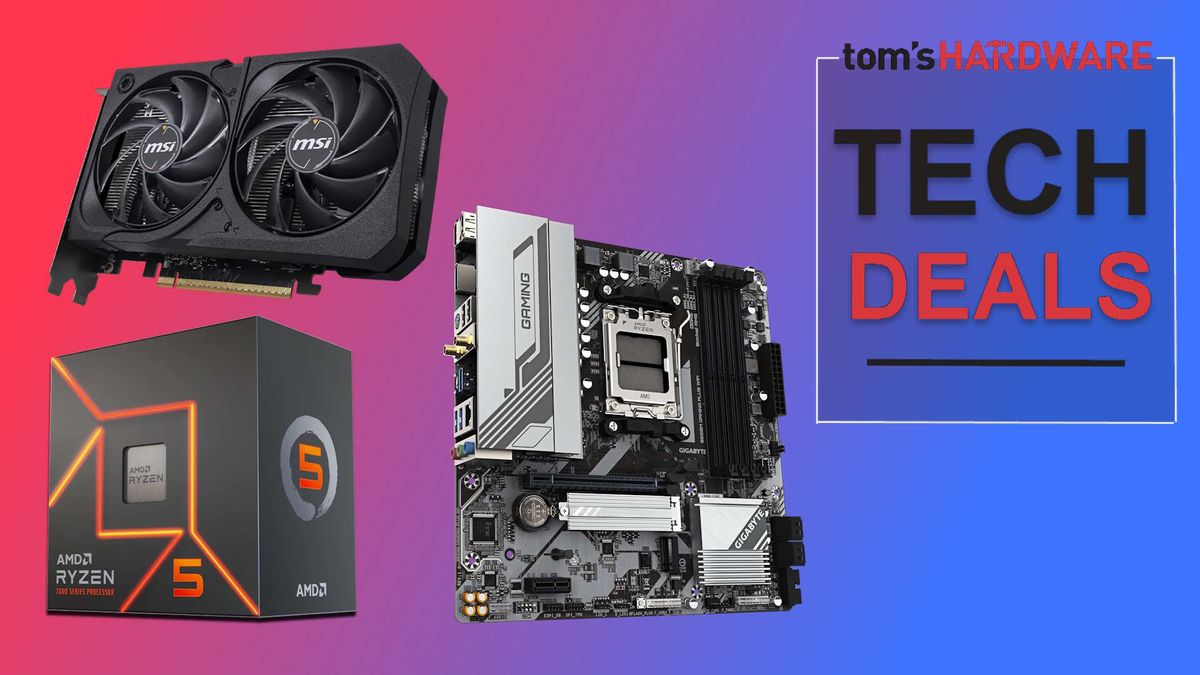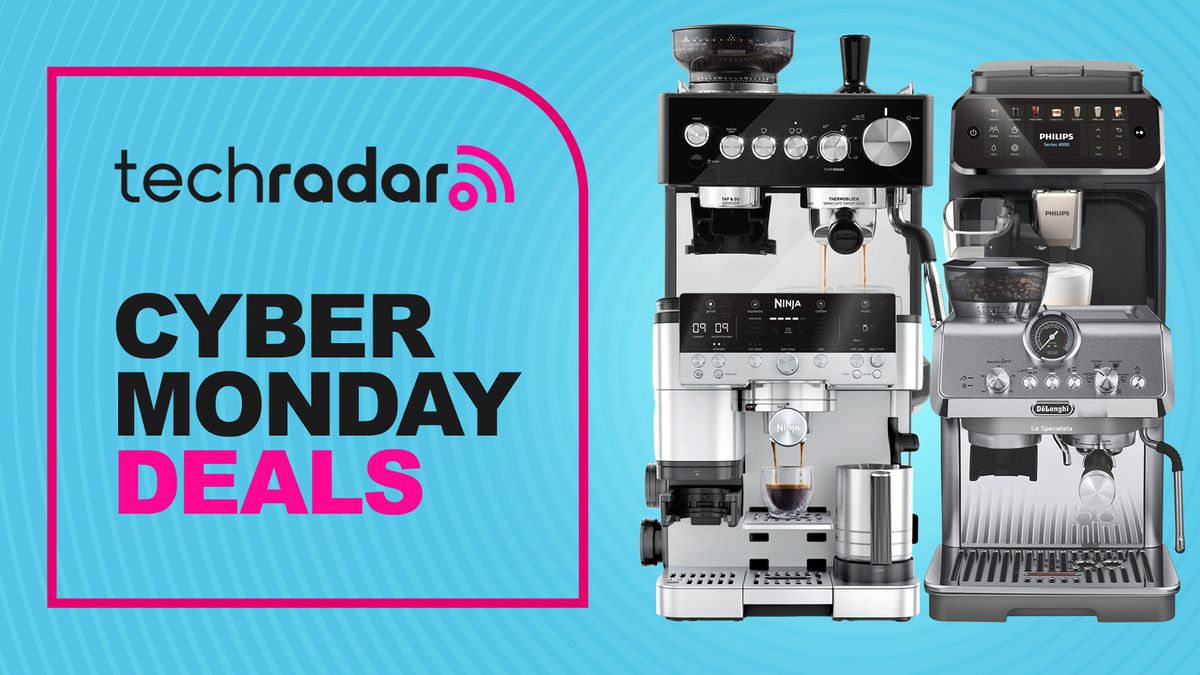Huawei’s license to use Microsoft Windows expired last March, and it’s unable to renew its contract with the software giant due to U.S. sanctions against the company. Instead, the Chinese tech giant launched HarmonyOS, its replacement for the desktop operating system from Redmond.
According to the South China Morning Post, the company showed off a yet-to-be-named laptop running HarmonyOS 5 (sometimes called HarmonyOS Next), the latest version of Huawei’s operating system. The laptop is set for an official launch later this month.
The operating system has been in development since 2012, and it first hit Huawei devices in 2019 in the Honor Vision smart TV. By 2021, Huawei started deploying it in its smartphones, with older models getting the homegrown operating system, too. Most Huawei laptops come with Windows 11, although the company has also offered some models that use Linux, which is open source.
But relying on its own operating system allows it to create an ecosystem of devices. This is especially true as it already has several other devices running HarmonyOS, from smart TVs and laptops to tablets and smartphones, running the same software. This will make it easier for the company to market its devices as one seamless platform, similar to how Apple does with iOS, iPadOS, and macOS.
HarmonyOS-powered Huawei smartphones have already overtaken Apple in China, with the former achieving 19% market share over the latter’s 17% last quarter. This will likely make it more enticing for Chinese customers to switch to HarmonyOS for their desktop or laptop computing needs.
Apps for the HarmonyOS laptop include WPS Office, a free substitute to the Microsoft Office suite, and DingTalk, an enterprise collaboration system, which reportedly works on the laptop. The PC is also expected to natively run the thousands of mobile apps that are already available for HarmonyOS smartphones.
We don't yet know the specs for this HarmonyOS-powered Huawei computer. But if it still uses an Intel or AMD chip like other laptops in its lineup, there’s a chance that users who need Windows can install it after purchase. They might even be able to dual-boot it, allowing them to stick to temporarily use Windows for the apps they need but aren’t available yet on HarmonyOS.
Follow Tom's Hardware on Google News to get our up-to-date news, analysis, and reviews in your feeds. Make sure to click the Follow button.

 6 months ago
90
6 months ago
90







 English (US) ·
English (US) ·